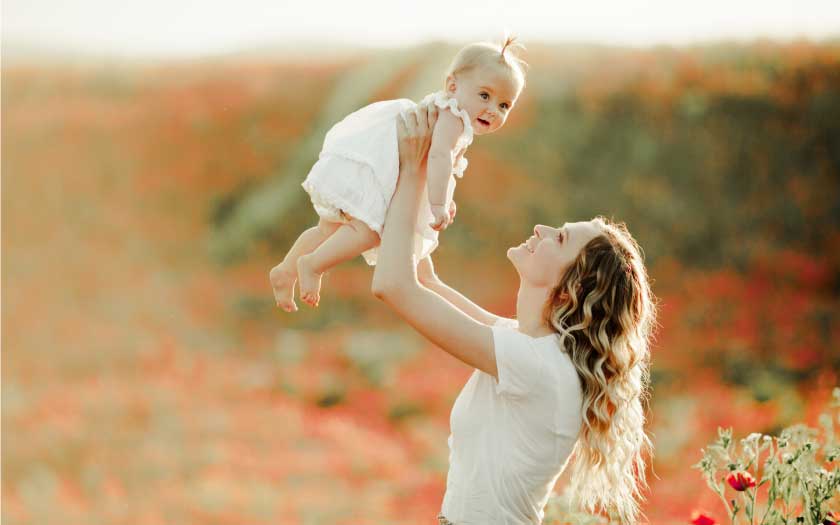Children of all ages need exposure to sunshine, for it helps us produce Vitamin D which their bodies need to absorb calcium for strong bones and teeth. Children love being outdoors in the fresh air and sunshine, but they hardly know of the dangers of overexposure to the damaging rays of the sun.
Repeated unprotected exposure to the sun’s ultraviolet (UV) rays during childhood can cause serious health issues that may occur later in life, during adulthood. Among them are skin damage, skin cancer, and other complications such as eye damage and immune system suppression. Taking the right precautions can greatly reduce a child’s chance of developing any of the above.
Sun Exposure — Facts
Sunlight contains three types of ultraviolet rays: UVA, UVB, and UVC, but only the former two reach us through our ozone layer.
UVA
These cause skin aging and wrinkling and contribute to skin cancer, such as melanoma. They penetrate the ozone layer of the earth and we are most exposed to this from sun exposure.
UVB
These rays are also dangerous and can cause sunburns, cataracts (clouding of the eye lens), and effects on the immune system. They also contribute to skin cancer. Most UVB rays are absorbed by the ozone layer, but enough of these rays pass through to cause serious damage.
Being aware
Interestingly enough, if outings at the beach for instance is on the menu for a family, chances are, sun protection will be part of the plan. That’s why most incidences of sun damage occur as a result of incidental exposure during day-to-day activities, not from spending a holiday at a beach. UV rays travel through the clouds and reflect off roads, pavements, etc. Hence, parents are generally unaware that their children are developing a sunburn on cloudy days.
Be diligent with sunscreen
There are many types of sunscreens available in the market, but what matters most is the degree of protection it provides from UV rays.
Look for SPF numbers on the labels of sunscreens. Select a product with an SPF of 30 or higher to prevent sunburn and tanning. Choose a broad-spectrum sunscreen, for they protect against UVA and UVB rays.
Ensure you use age-appropriate sun protection for your little one and keep the following in mind:
- Apply sunscreen generously — dermatologists recommend using 1 ounce to cover the exposed areas of a child’s body.
- Reapply sunscreen often, about every two hours. Reapply after your child has been sweating or in the water.
- Apply sunscreen whenever you’re spending time in the sun. For best results, apply it about 15 to 30 minutes before going outside.
- Apply onto the ears, hands, feet, shoulders, and behind the neck.
- Protect lips with SPF lip balm.


